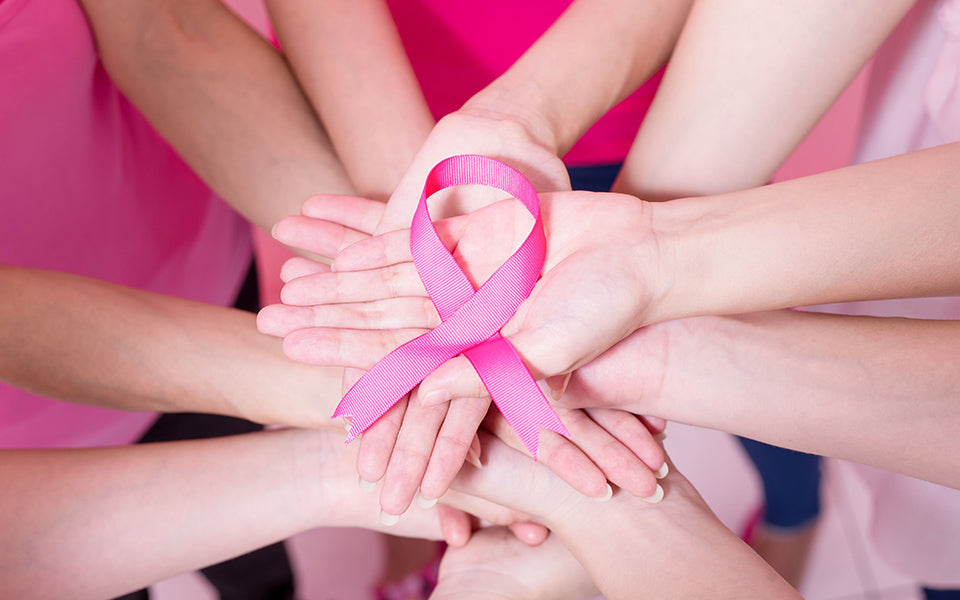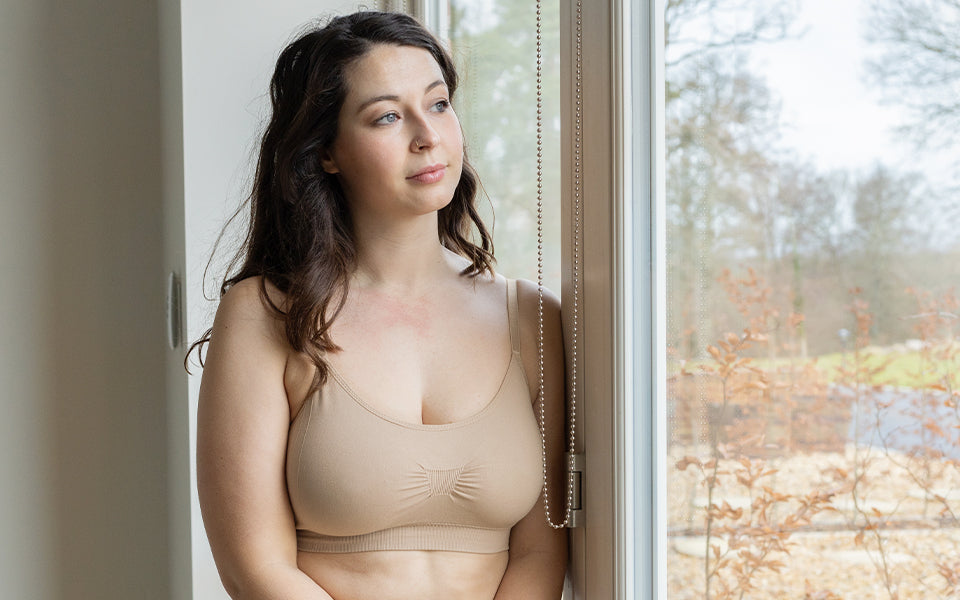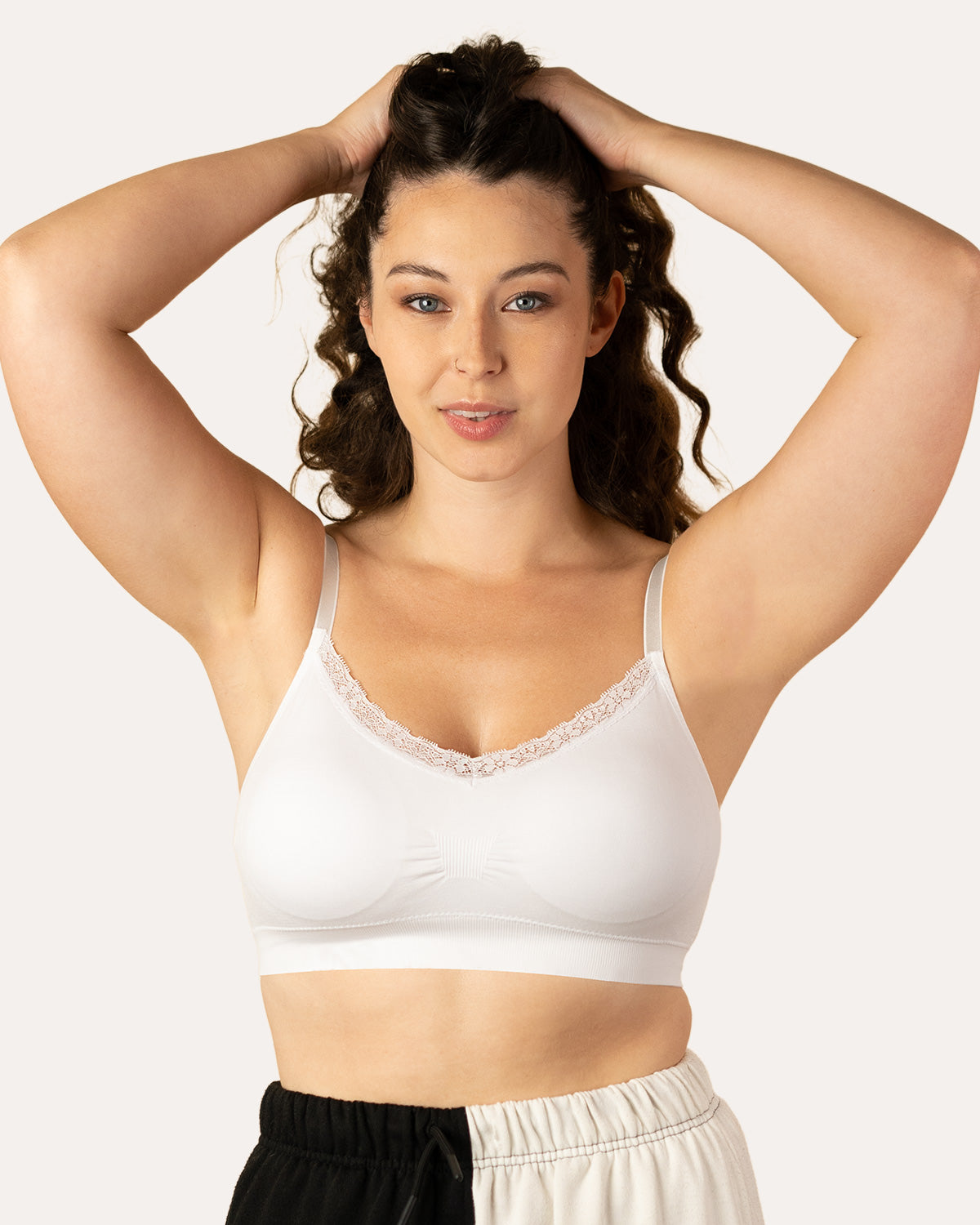About 10-15% of all breast cancers are referred to as triple-negative. This type of cancer cells does not have any estrogen receptors or progesterone receptors. They also don't produce enough of the protein known as HER2. It's more common in women under 40 years old, those with a BRCA1 mutation, and those who are black.
Compared to other types of breast cancer, TNBC tends to spread faster and has less treatment options. It also has a worse prognosis. This article aims to provide a comprehensive overview of the various symptoms and treatments for triple-negative Breast Cancer.

Aggressive breast cancer subtype
Breast cancer is classified according to the presence of certain markers. The most common type of breast cancer is referred to as triple-negative. These include the estrogen receptor, the progesterone receptor, and the HER2-positive.
About 70% of breast cancers are ER- or PR-positive, which means they rely on estrogen to grow. On the other hand, around 20% to 25% of breast cancers are also HER2-positive, which means they depend on pathways that are regulated by this protein. These markers can help determine the type of cancer that a person has and their treatment plan.

The main reason why triple-negative breast cancer doesn't respond to any of the three receptors is that its tumor
cells
don't express them. TNBC is a type of invasive breast cancer that accounts for 15 percent of all breast cancers.
Compared to other types of breast cancer, triple-negative tumors are more aggressive. They also disproportionately affect Hispanic and Black women, as well as younger individuals. These tumors are more common in women with breast cancer mutations caused by the BRCA1 gene.

Triple-Negative Breast Cancer Symptoms
Mammography is most commonly used to detect breast cancer. However, it's also important for women to be aware of their breasts as a type of triple-negative cancer can occur in younger women. This is why it's important that they regularly check their breasts.

Other less common symptoms of breast cancer include pain, swelling, and redness under the arm. If these symptoms
persist
after one month, they can lead to a visit to the doctor for a biopsy or imaging.
Although a diagnosis of triple-negative is based on the presence of these symptoms, it does not take into account other factors such as the type of cancer and its treatment. A biopsy is performed to check for the presence of estrogen, progesterone, or HER2 receptors. After this, the cancer can then.

Triple-negative breast cancer survival rate and prognosis
For people with localized triple negative breast cancer, their five-year survival is 91%. Compared to those without the disease, those with this cancer are more likely to survive. On the other hand, those with cancer that has spread to nearby lymph nodes or areas are only expected to have a survival rate of 65%.
The survival rates are based on the past. As the treatment and research for cancer improve, the outlook may become better. The information collected by the SEER database is maintained by the National Cancer Institute.
However, it does not take into account various factors such as the age of the patients and the health condition of the individual.be classified as a triple-negative type based on its expression profiles.

What is a 5-year relative survival rate?
A relative survival rate is a measure of how likely a woman is to live after being diagnosed with breast cancer based on the type and stage of the disease. For instance, if the 5-years survival rate for a particular type of breast cancer is 91%, then, on average, those who were diagnosed with that cancer are around 90% more likely to live five years than those who weren't.

Triple-Negative Breast Cancer Treatment
Currently, there are no FDA-approved therapies for patients with triple-negative breast cancers. This makes it critically important that they are developed.The treatment of patients with triple-negative breast cancer is complex due to the lack of a clear target. Currently, standard treatment options include surgery, radiation, and chemotherapy.
Due to the complexity of the disease, it is now widely believed that triple-negative Breast Cancer (TNBC) is a group
of
different breast cancers that have distinct molecular and clinical characteristics. This is very important because
it
allows for the development of new treatments.When a patient has been diagnosed with triple-negative cancer, their
treatment plan can be influenced by the stage of the illness.
Stages 1-3 triple-negative breast cancer:
Depending on the stage of the illness, patients with small and large tumors may need a lumpectomy. They may also undergo a radical lymph node dissection if their cancer has spread to the other parts of their body. In early stages, patients with this type of cancer may be given a combination of chemotherapy and radiation to reduce their chances of experiencing a recurrence.
Stage 4 triple-negative breast cancer/triple-negative breast cancer metastasis:
The initial treatment for patients with this type of cancer is usually chemotherapy. For those with triple-negative
disease and a BRCA mutation, platinum-based therapies such as carboplatin or cisplatin may be used. For those with a
triple-negative disease and a mutation in the DNA repair gene, targeted therapies such as PARP inhibitors may be
used.
First-line therapy for patients with advanced forms of this cancer is usually combined with chemotherapy. Immunotherapy agents that are designed to target the PD-l1 protein may be used for this type of treatment.
































Leave a comment
This site is protected by hCaptcha and the hCaptcha Privacy Policy and Terms of Service apply.